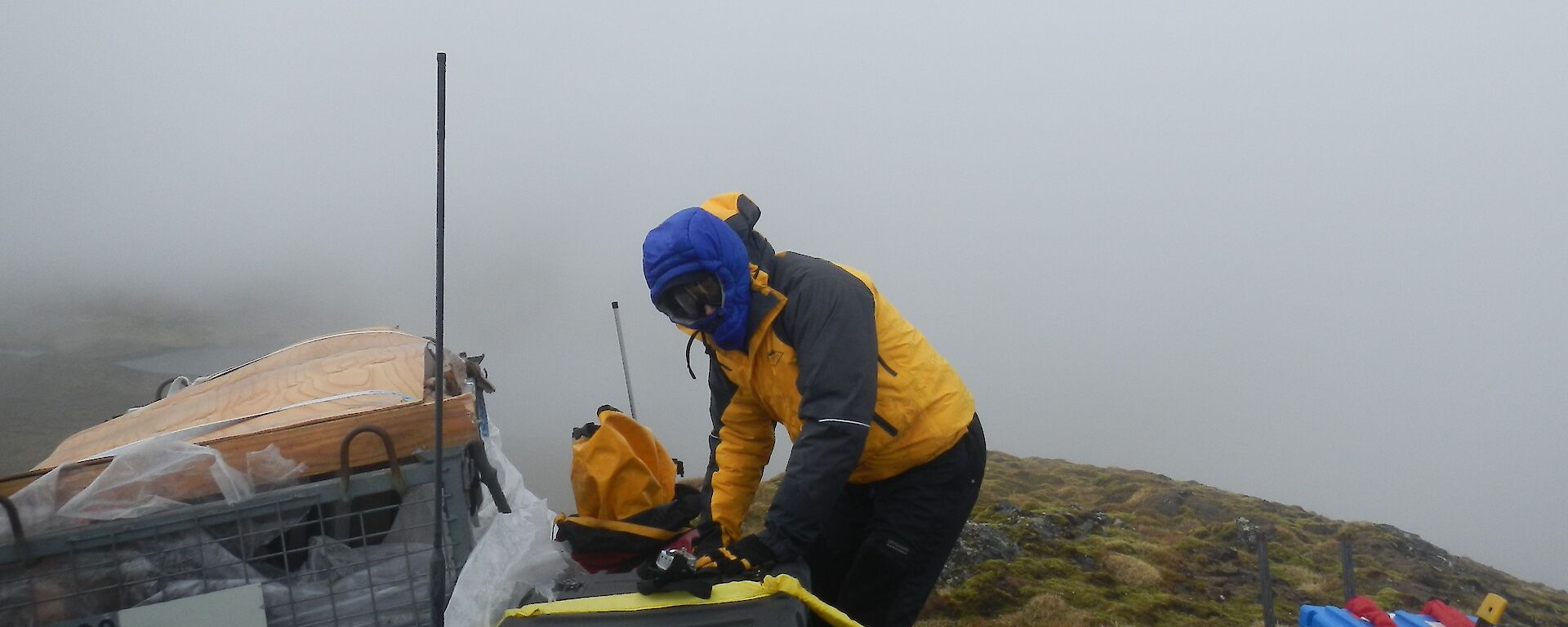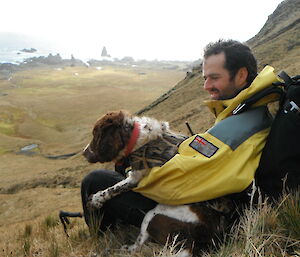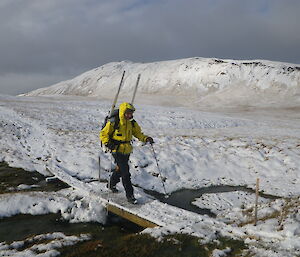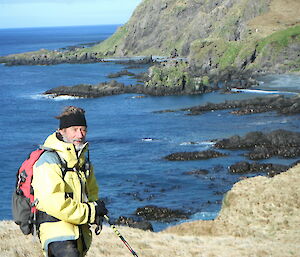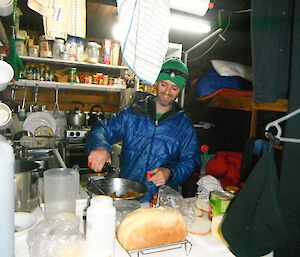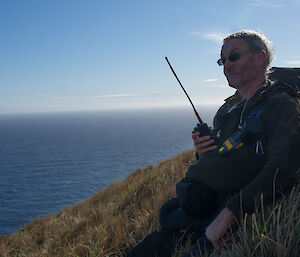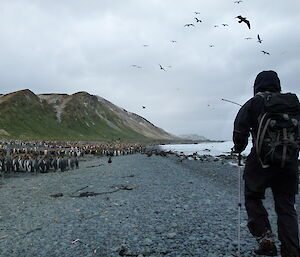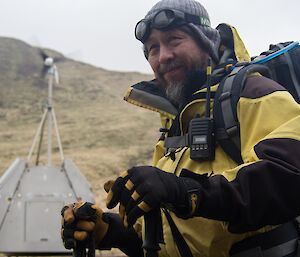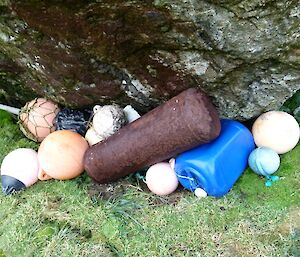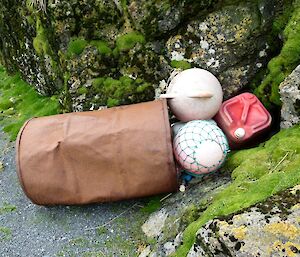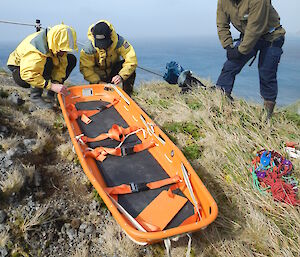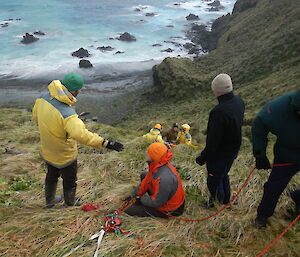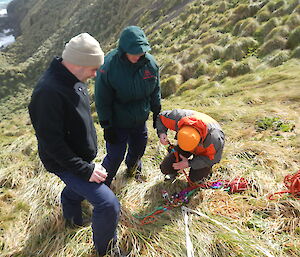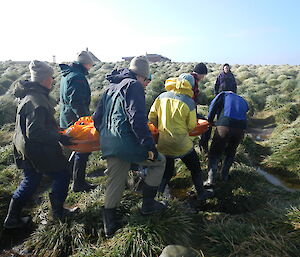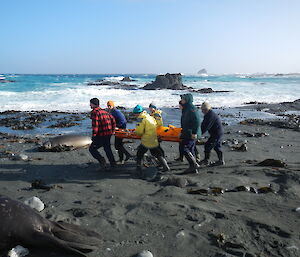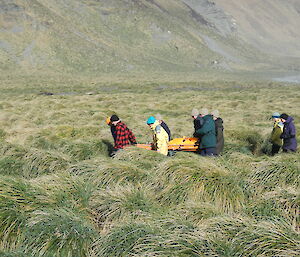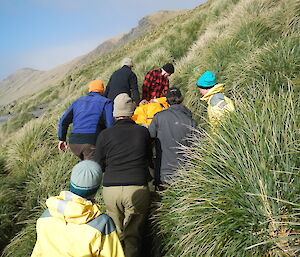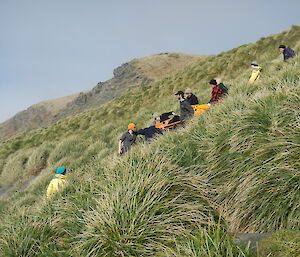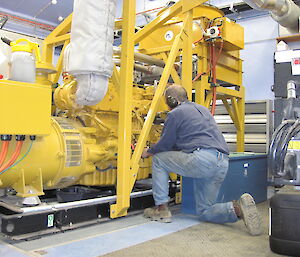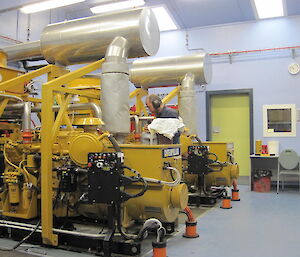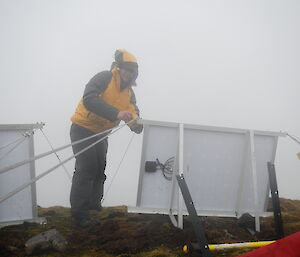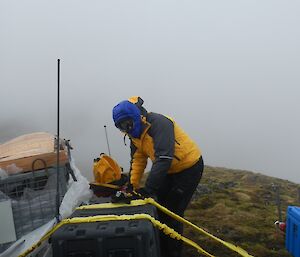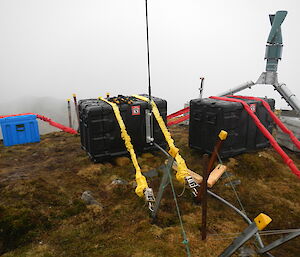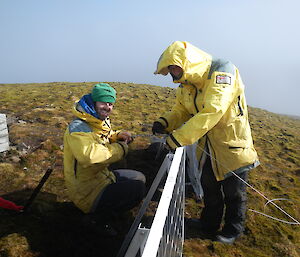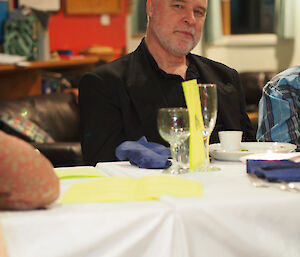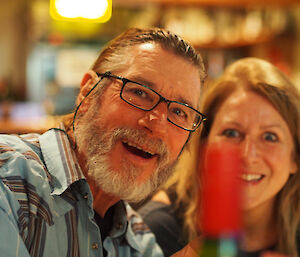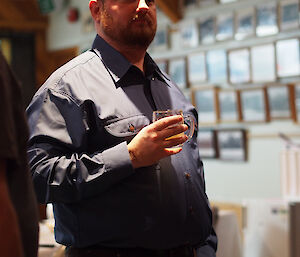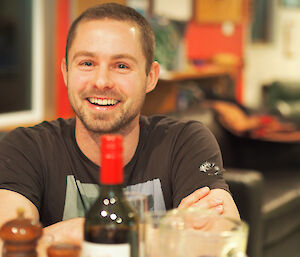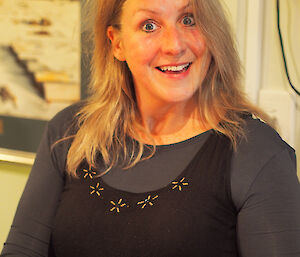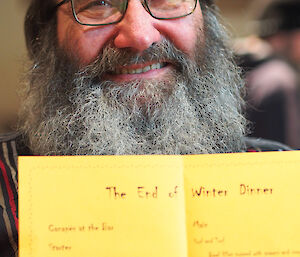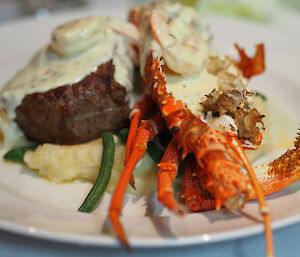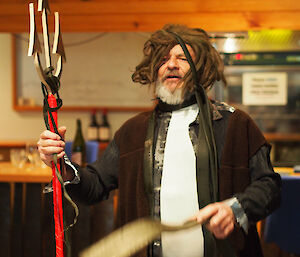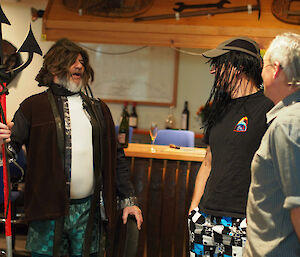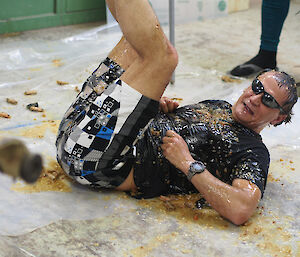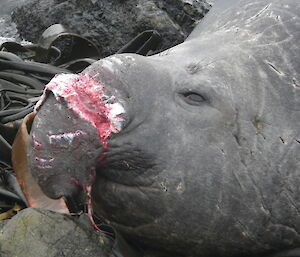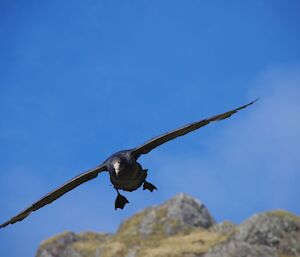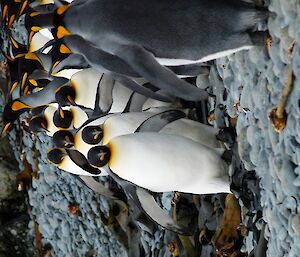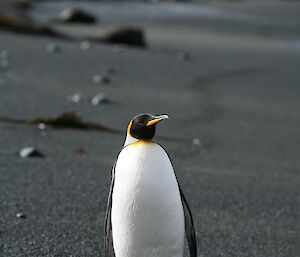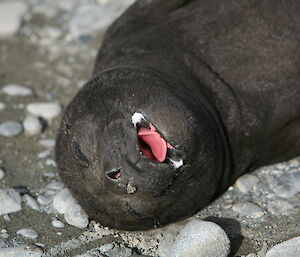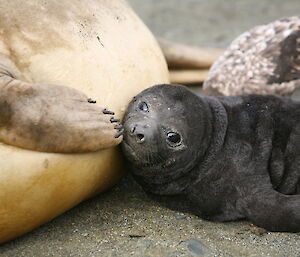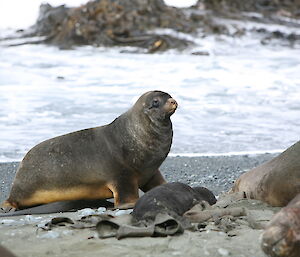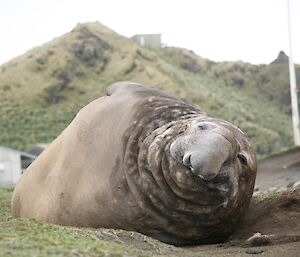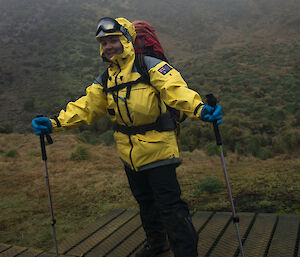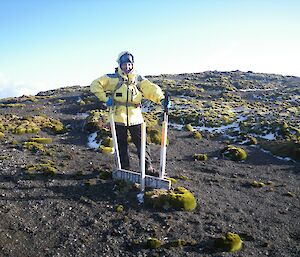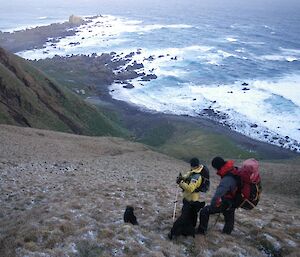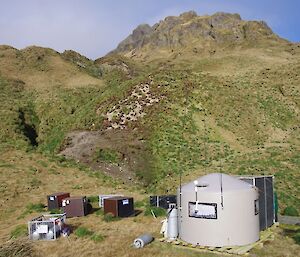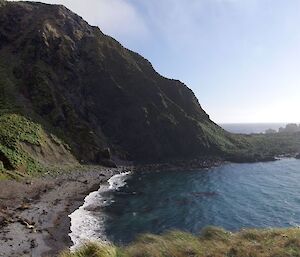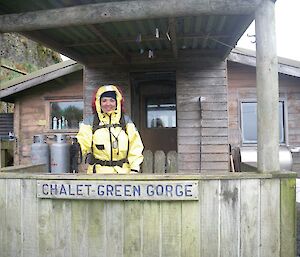On Saturday evening, our official end of winter dinner was held. It’s hard to believe we are halfway through our contract period and in three weeks we’ll see our first of many ships arrive for the season. The L’Astrolabe is due to arrive at Macca on the 26th October bringing with her six summer personnel and one ton of cargo. Our end of winter dinner was brought forward a few weeks to coincide with the MIPEP team return to station.
With six expeditioners arriving we will also say goodbye to Mango (Comms Tech Officer, SAR Leader and Fire Team Member) who leaves us on the same ship. However, before heading home, Mango will go via Dumont d'Urville (French Station, Antarctica) and will cross 60 degrees south for the first time by ship.
Word of Mango’s crossing spread and sparked the interest of the King!
And who do you think turned up after dinner? King Neptune himself to perform his famous ceremony.
This ceremony goes back many, many years to when ships (from most nations) first started crossing the Equator and into the southern Antarctic waters. It involves all those who have not previously ‘Crossed the Line’ by sea (the line being the Equator or 60 degrees south, or have no appropriate certificate to prove their crossing). They are required to go before the Court of Neptune, where their sins are read out, and the punishments bestowed.
On the arrival of King Neptune, all those uninitiated travelers heading south (Mango) were requested to report to the King. Mango needed no encouragement when he was asked to kneel before the King and kiss his “Kipper” (the King was unable to find a fish so he used a prawn head instead). When the prawn was kissed, the King covered Mango in slop, a foul mixture of unknown ocean ingredients. Most people try and avoid King Neptune but for Mango he was a proud and willing participant.
Mango has now, in advance, officially “paid humble and due honour to his passage” and as soon as he ‘Crosses the Line’ it will all become official. Mango was presented with a King Neptune ‘Crossing the Line’ certificate in a spectacular handmade wooden frame (by Jim).
On behalf of everyone on station: “Thank you Mango, for your friendship, your positive energy, hard work, your wonderful easy going helpful personality and the training you provided the team. We wish you and Monica an enjoyable journey home.”

